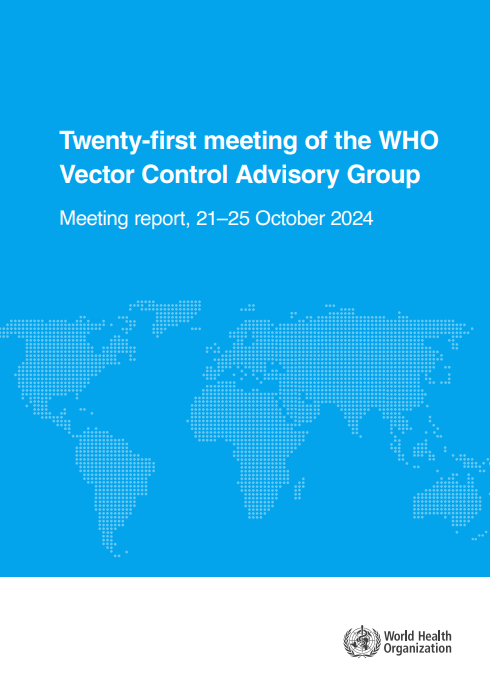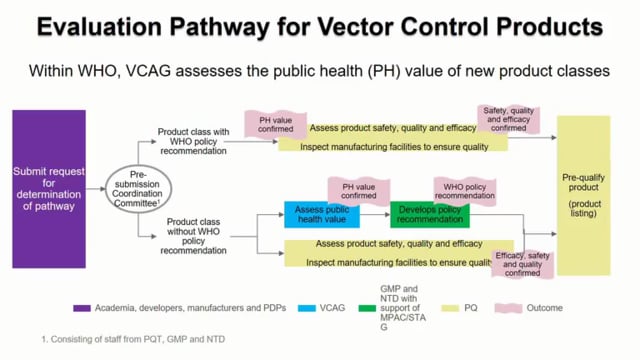ASTMH 2014, Marc Coosemans: “Evaluation of topical repellents as additional vector control measures to control residual transmission in malaria pre-elimination areas’
Collaborator(s): Institute of Tropical Medicine (ITM) Antwerp, Belgium; National Center for Parasitology, Entomology and Malaria Control (CNM) Cambodia, Cambodia; Institut Pasteur of Cambodia (IPC), Cambodia
Countries: Asia, Southeastern
Published: 01/11/2014
In collaboration with ASTMH, ImageAV & presenters, MESA brings you this webcast.
Title: Evaluation of topical repellents as additional vector control measures to control residual transmission in malaria pre-elimination areas
Abstract:
This talk forms part of the Scientific Session on ‘Malaria Elimination’ at ASTMH. In Southeast Asia a substantial decrease of malaria has been achieved during the last decade and elimination is now becoming a realistic goal. However residual transmission due to outdoor and/ or early biting vectors is not tackled by wide coverage of insecticide treated nets (ITNs). This may compromise the elimination efforts. For this purpose we set up a study to evaluate the public health value of mass use of topical repellent in addition to ITNs. A randomized community based design has been adopted covering a population of 40,000 inhabitants in the province of Ratanakiri in Cambodia. The 98 clusters were randomly divided in two arms after a pre-trial survey: one intervention arm (ITN and repellent) and one control arm (only ITNs). Comparing to a randomized household trial, present design has the advantage to avoid the risk of the repellent aversion effect and the exchange of products between the households. The principal indicators of effectiveness is the prevalence of parasite carriers measured by PCR techniques using a mobile molecular lab in the field, and the measurement of malaria antibodies. While parasite-prevalence provides a snapshot of the exposure to malaria at a certain moment, serological indicators provide a picture of the “force of malaria infection” over a prolonged period. Moreover, passive case detection provides a measurement of malaria disease incidence in both arms. We expect a community protection against residual transmission when a high adherence in the use of repellents is achieved. To address this working hypothesis of mass effect of repellents on the vector population entomological surveys are carried out in both arms. The effectiveness of the intervention is dependent on the efficacy of the repellents against vector bites and the effective use of repellents by the population and both are addressed in the study design. First results will be presented. The outcome of this study will be crucial in the development of new strategies to control not only the indoor transmission during sleeping time (ITN) but also the increasing proportion of residual transmission which occurs mainly outdoors, and before and after sleeping time.


